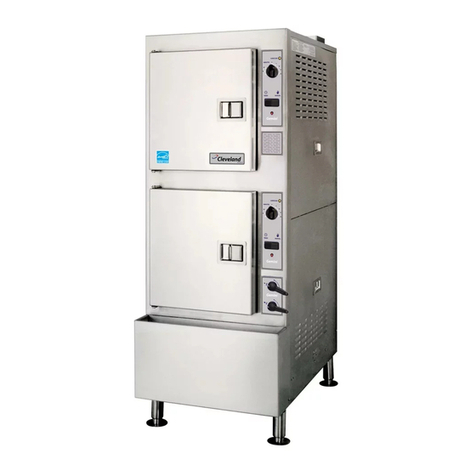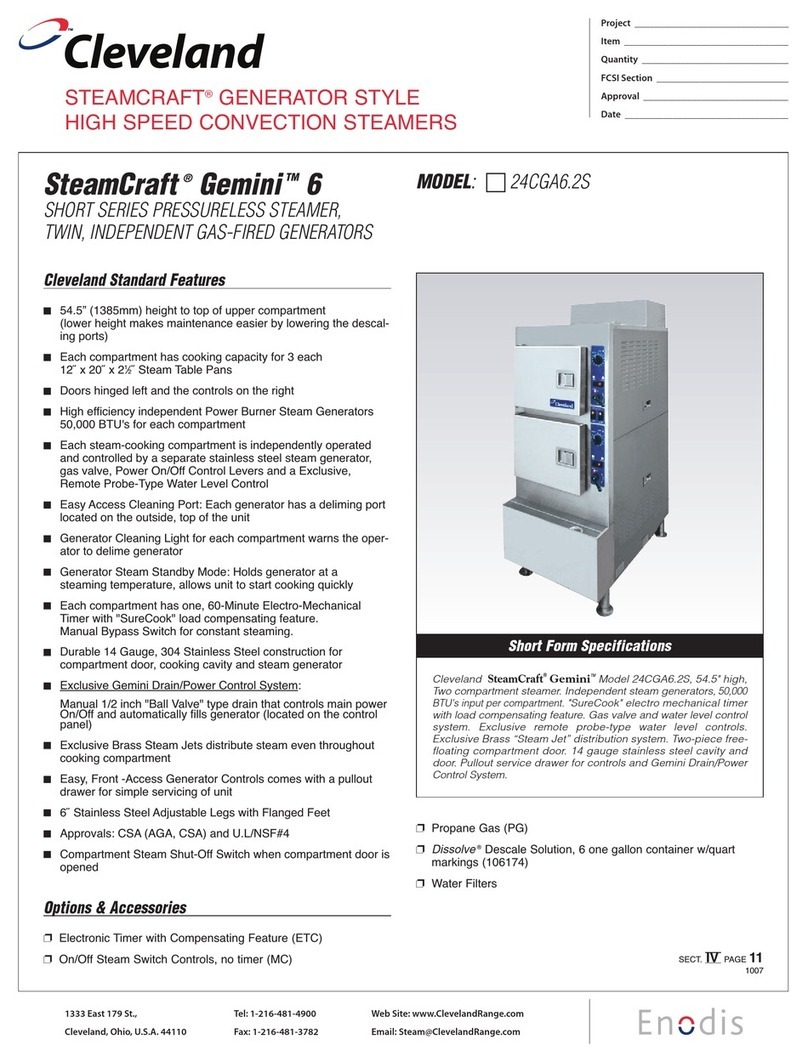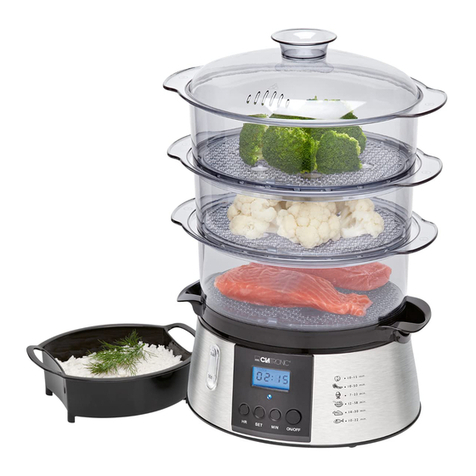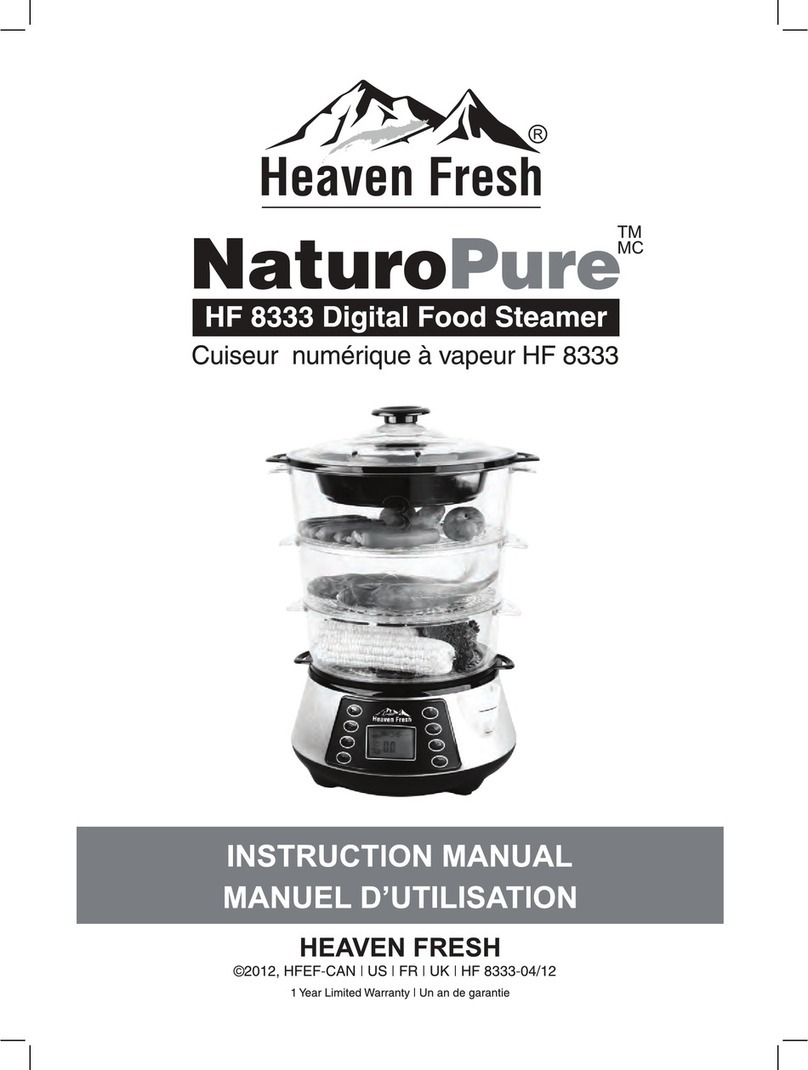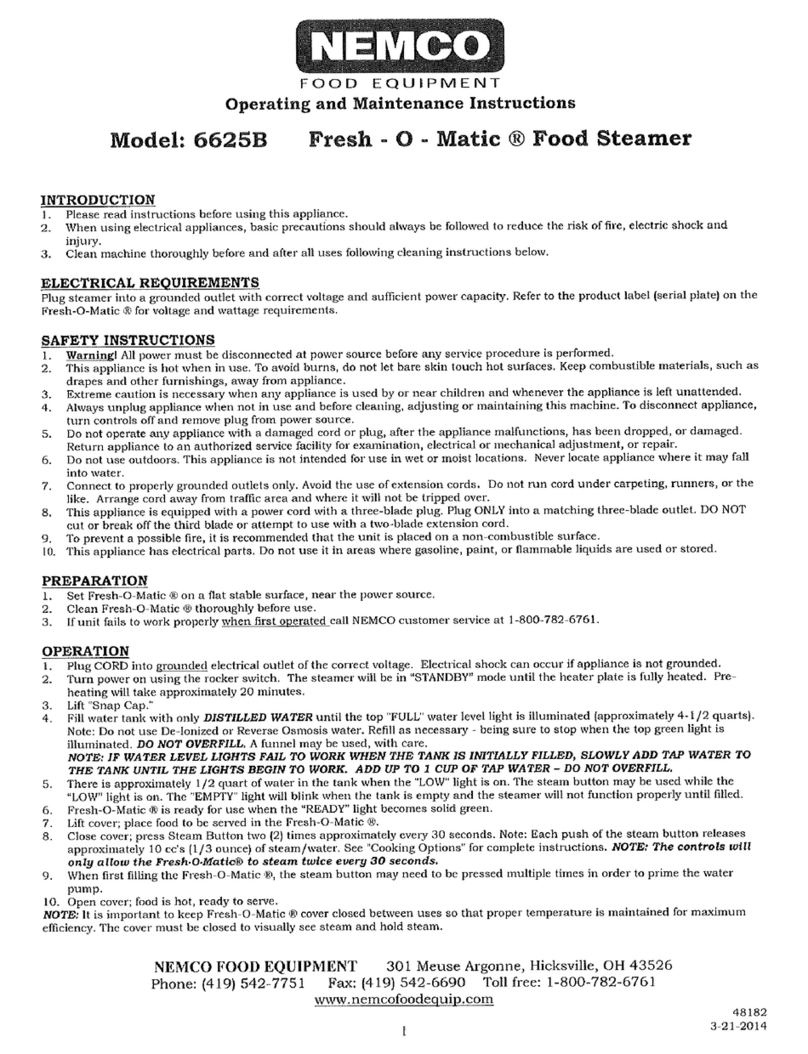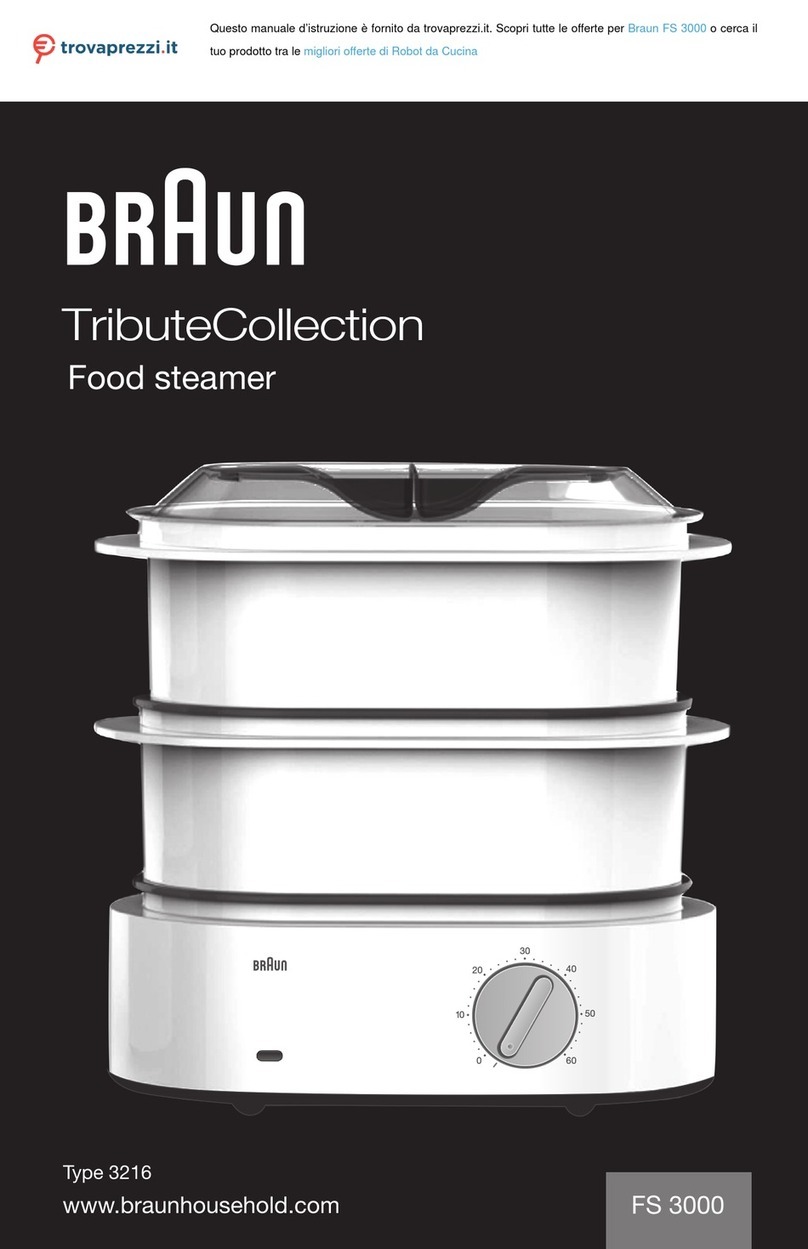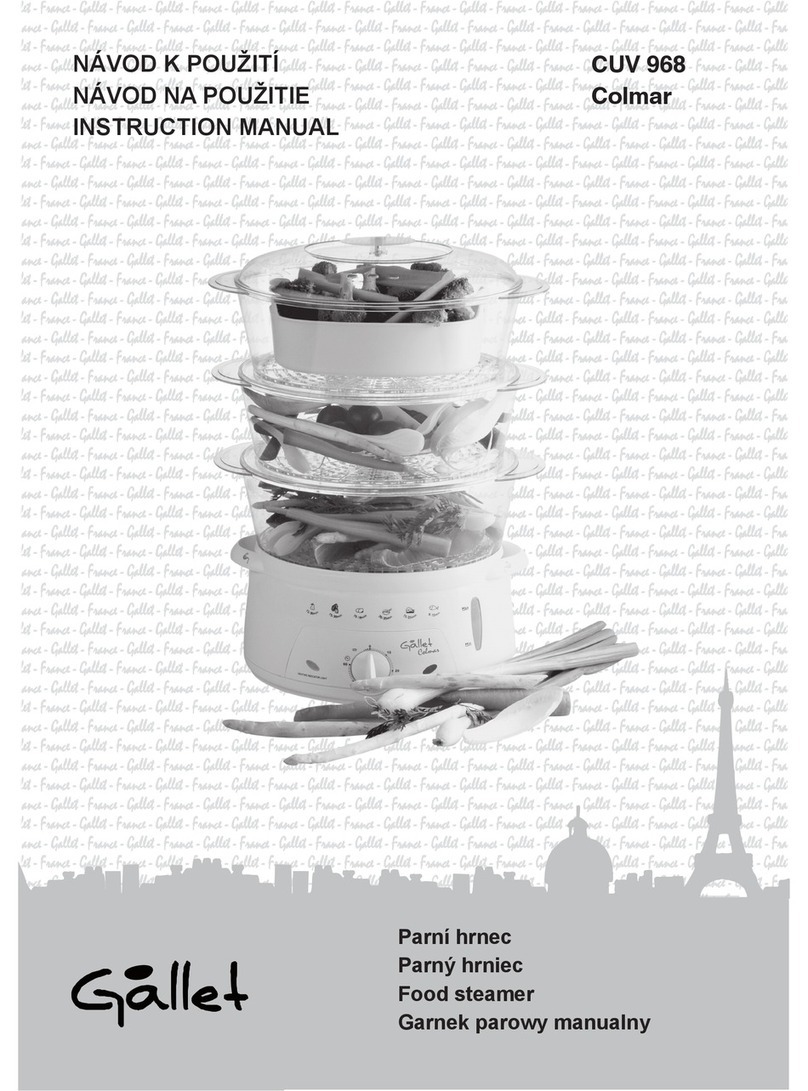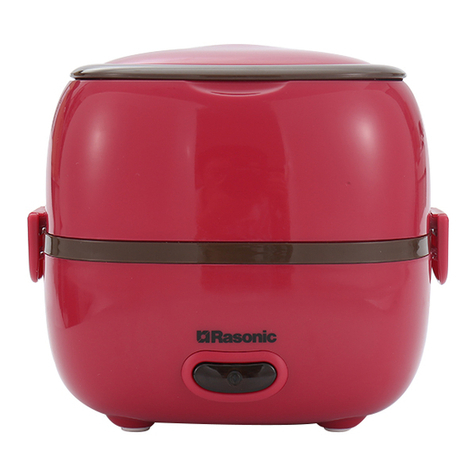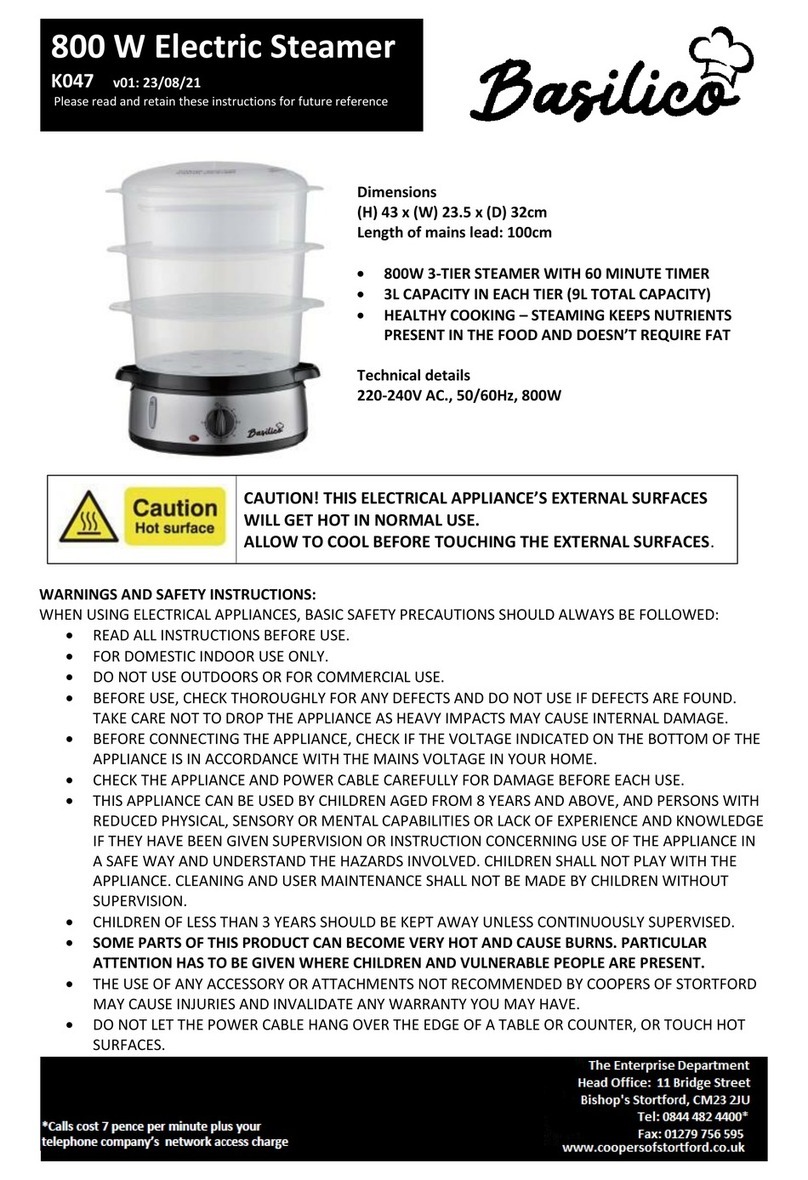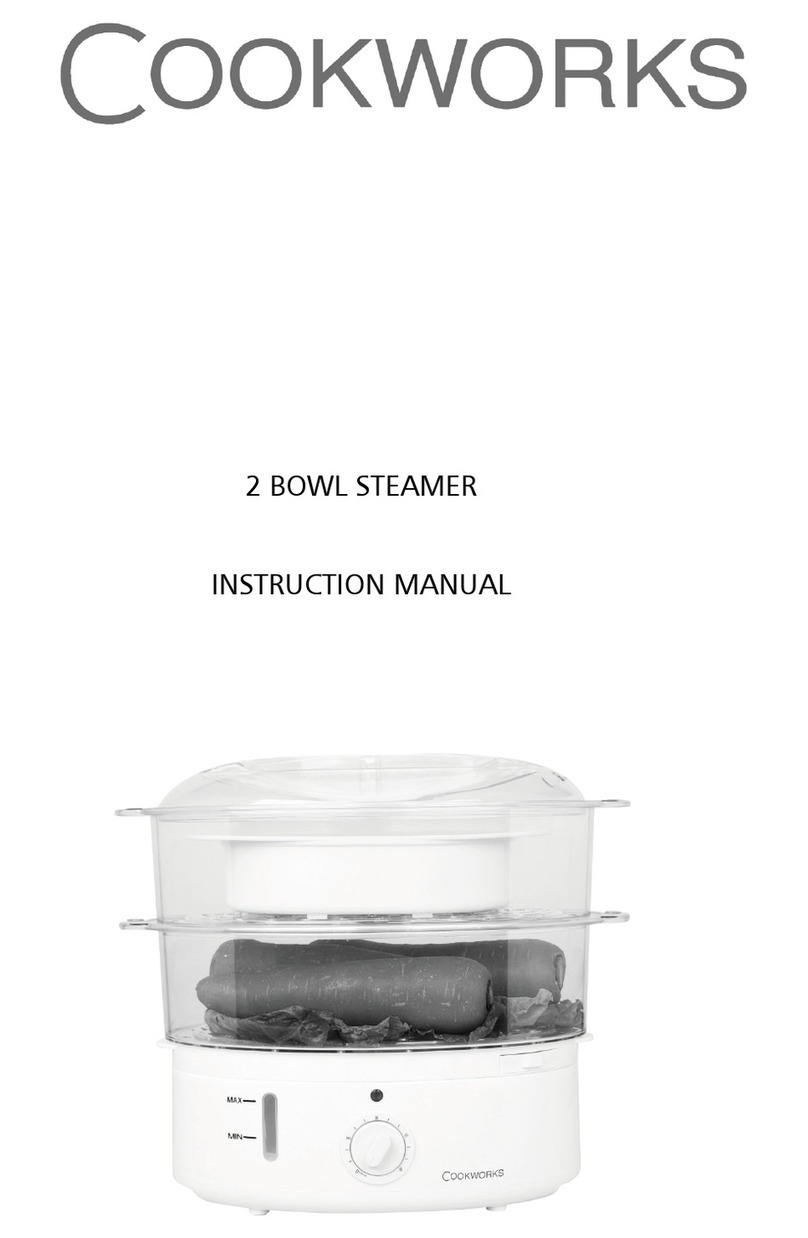Cleveland 24CSM Series Manual
Other Cleveland Electric Steamer manuals

Cleveland
Cleveland 42-CKEM-24 User manual

Cleveland
Cleveland ConvectionPro XVI 36-CGM-16-300 User manual

Cleveland
Cleveland SteamPro User manual

Cleveland
Cleveland Enodis 24-CDM User manual
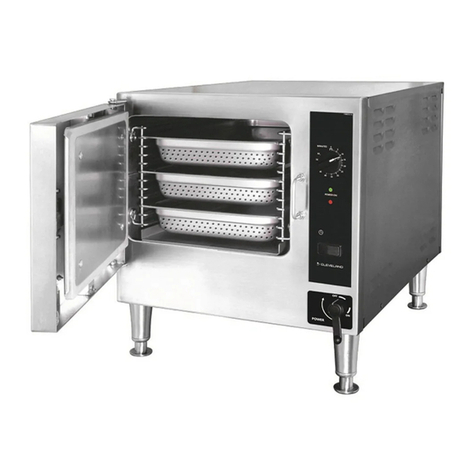
Cleveland
Cleveland 22CET3A User manual

Cleveland
Cleveland SteamChef 22CGT3 User manual

Cleveland
Cleveland Convotherm OGB-12.20 User manual
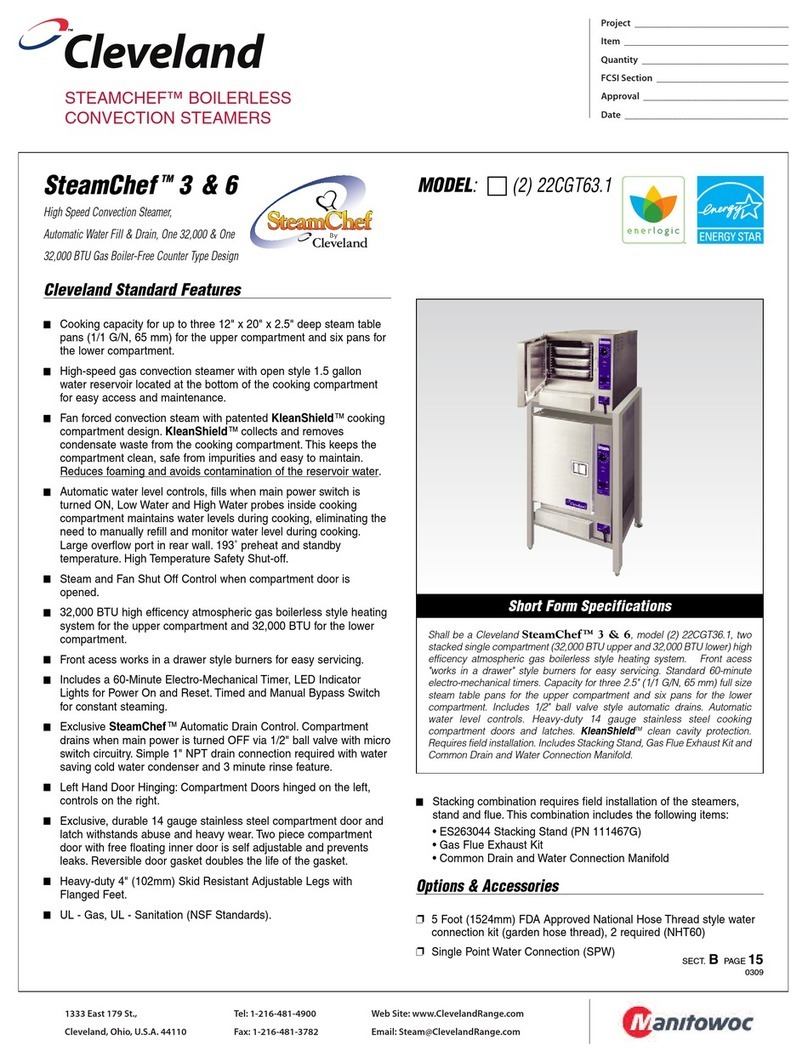
Cleveland
Cleveland SteamChef 3 User manual
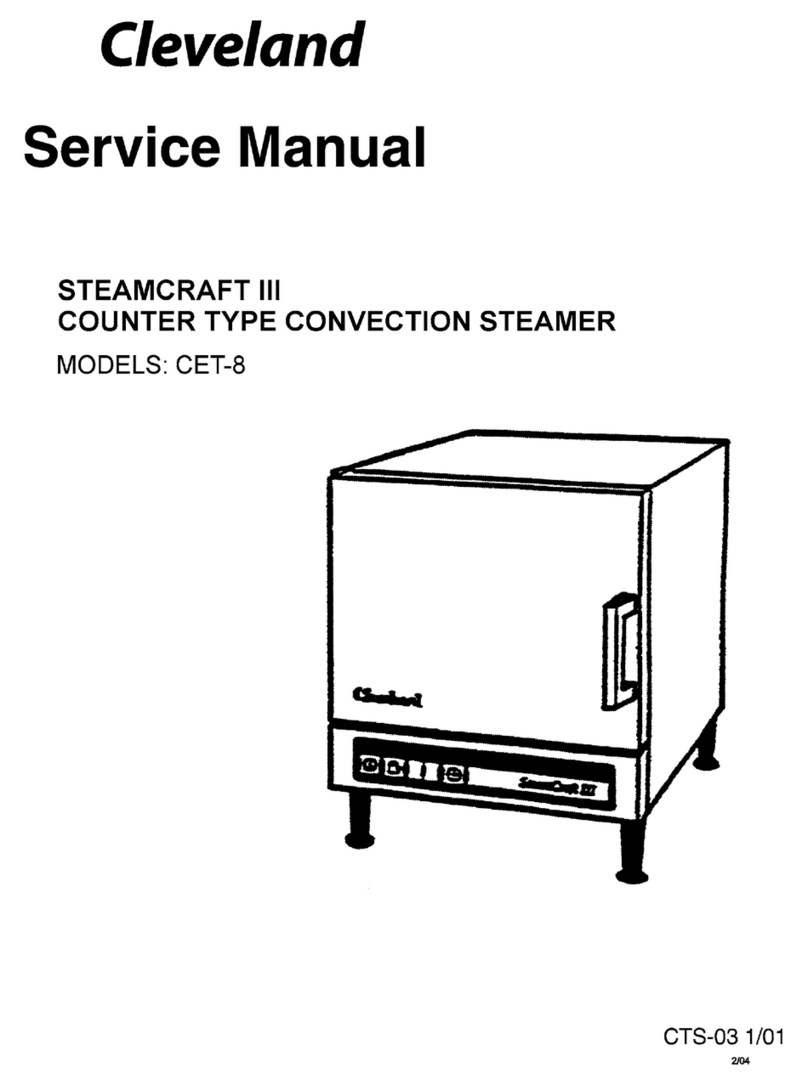
Cleveland
Cleveland CET-8 User manual

Cleveland
Cleveland 24-CGA-10.2 User manual
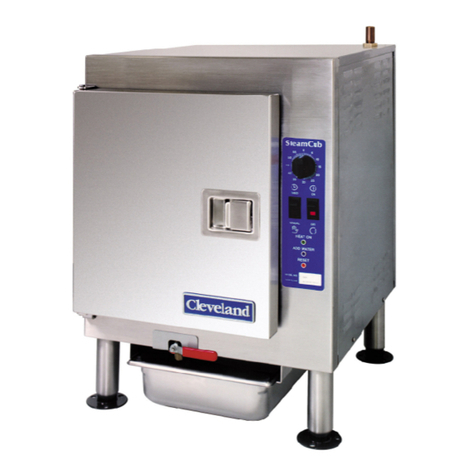
Cleveland
Cleveland SteamCub 1SCEMCS User manual
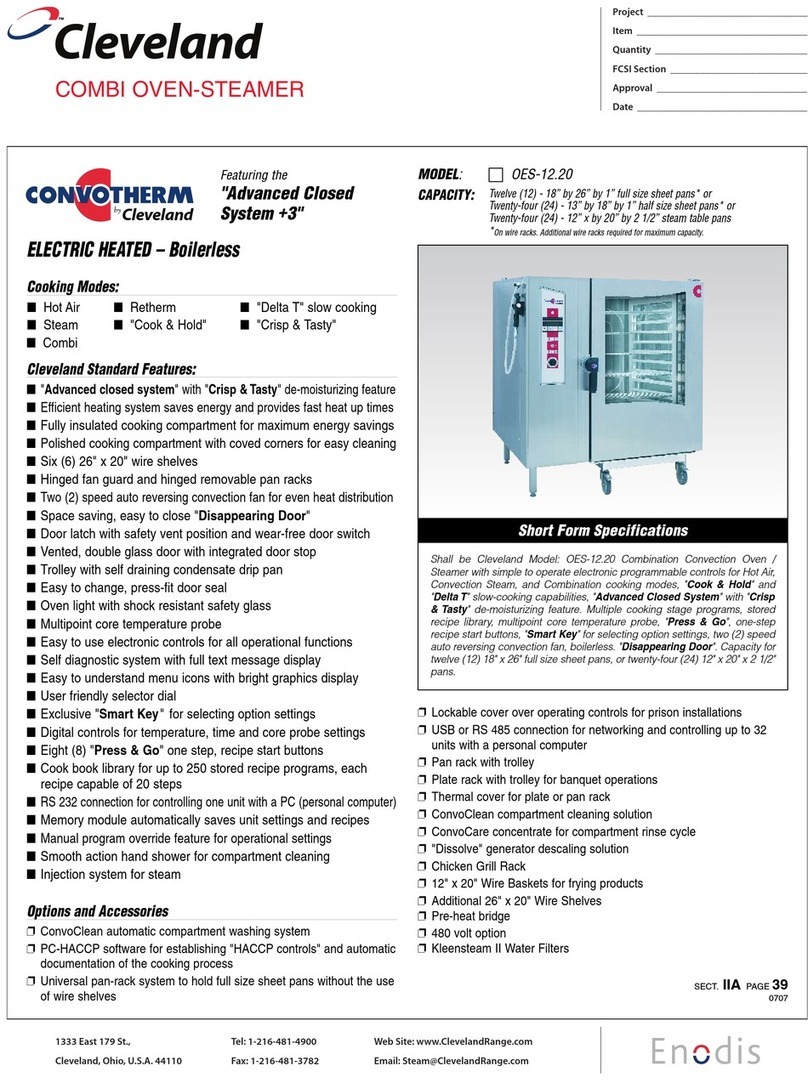
Cleveland
Cleveland OES-12.20 User manual

Cleveland
Cleveland SteamCub 1SCEMCS Owner's manual
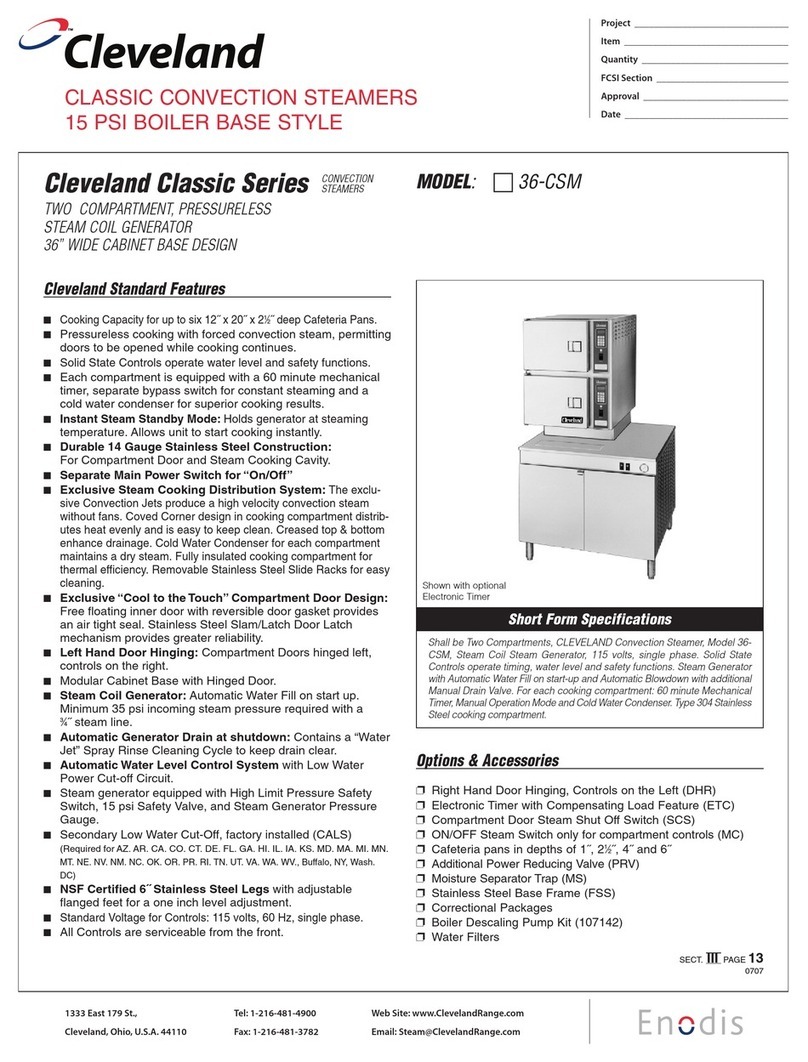
Cleveland
Cleveland 36CSM Series User manual

Cleveland
Cleveland ConvectionPro XVI 36-CEM-16-48 User manual

Cleveland
Cleveland SteamChef 22CET3.1 User manual

Cleveland
Cleveland SteamCraft 24-CGA-10 User manual
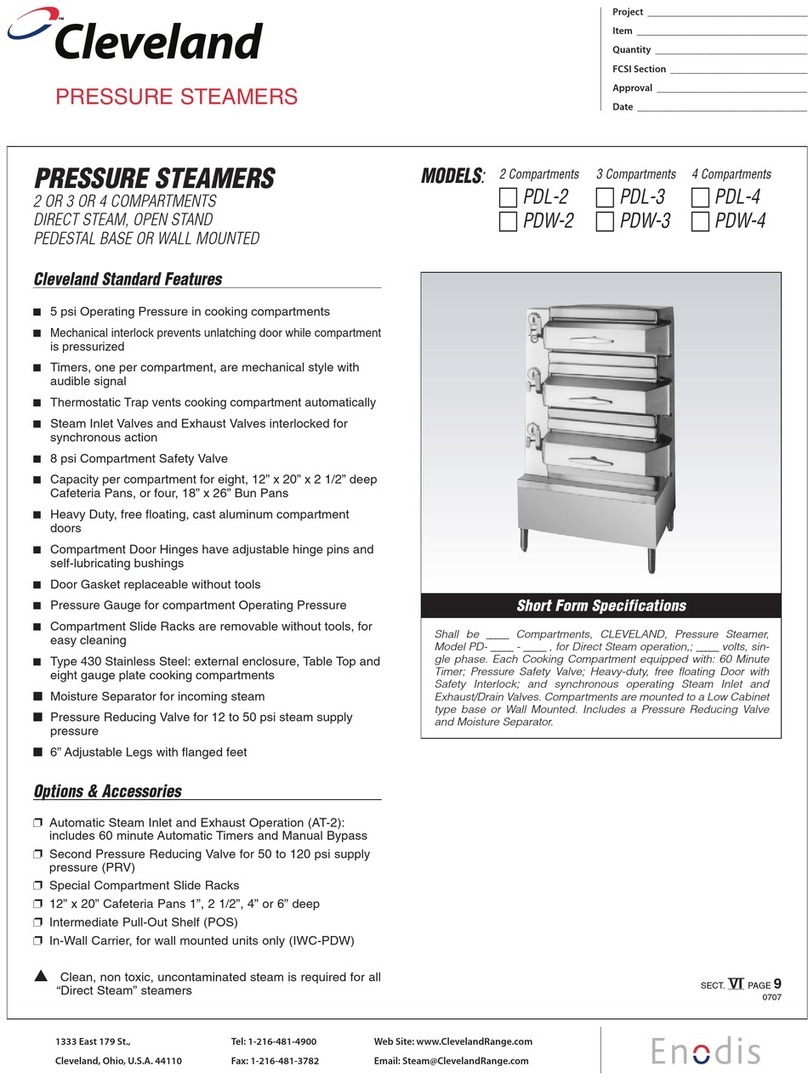
Cleveland
Cleveland PDL-3 User manual

Cleveland
Cleveland SteamCraft 21-CGA-5 User manual

Cleveland
Cleveland 36-CGM-300 User manual
Popular Electric Steamer manuals by other brands
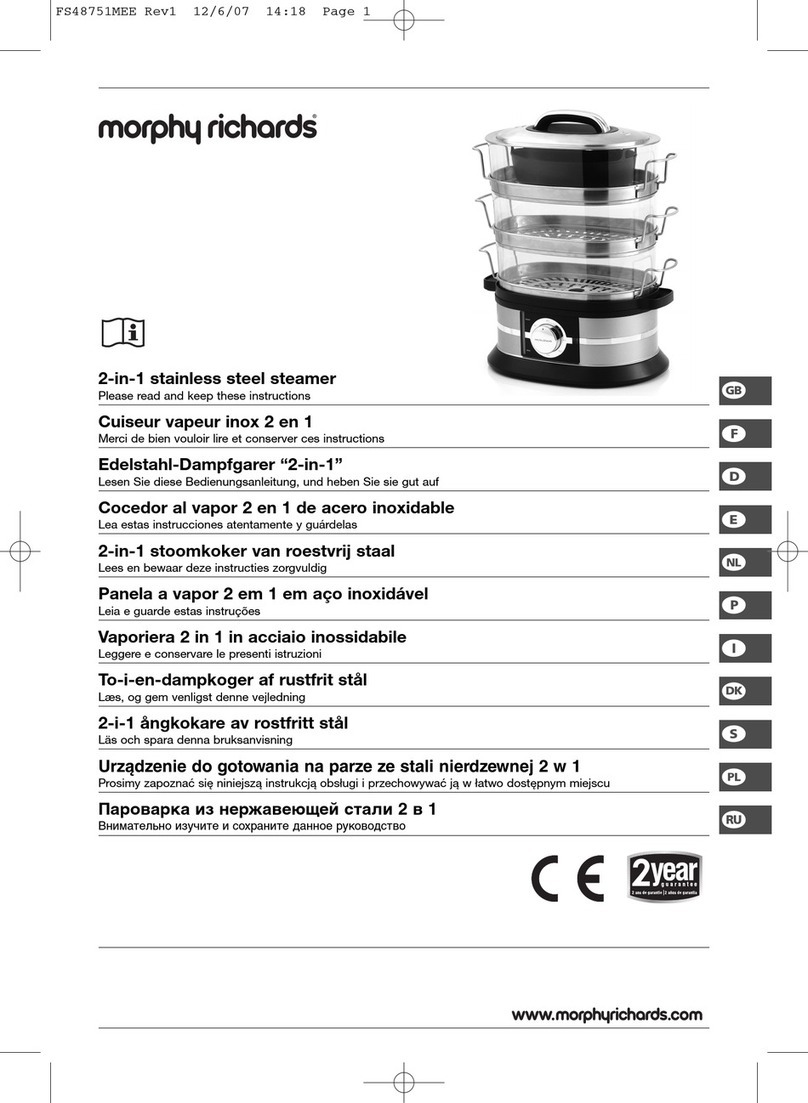
Morphy Richards
Morphy Richards FS48751MEE manual

Cuisinart
Cuisinart STM1000AR instructions
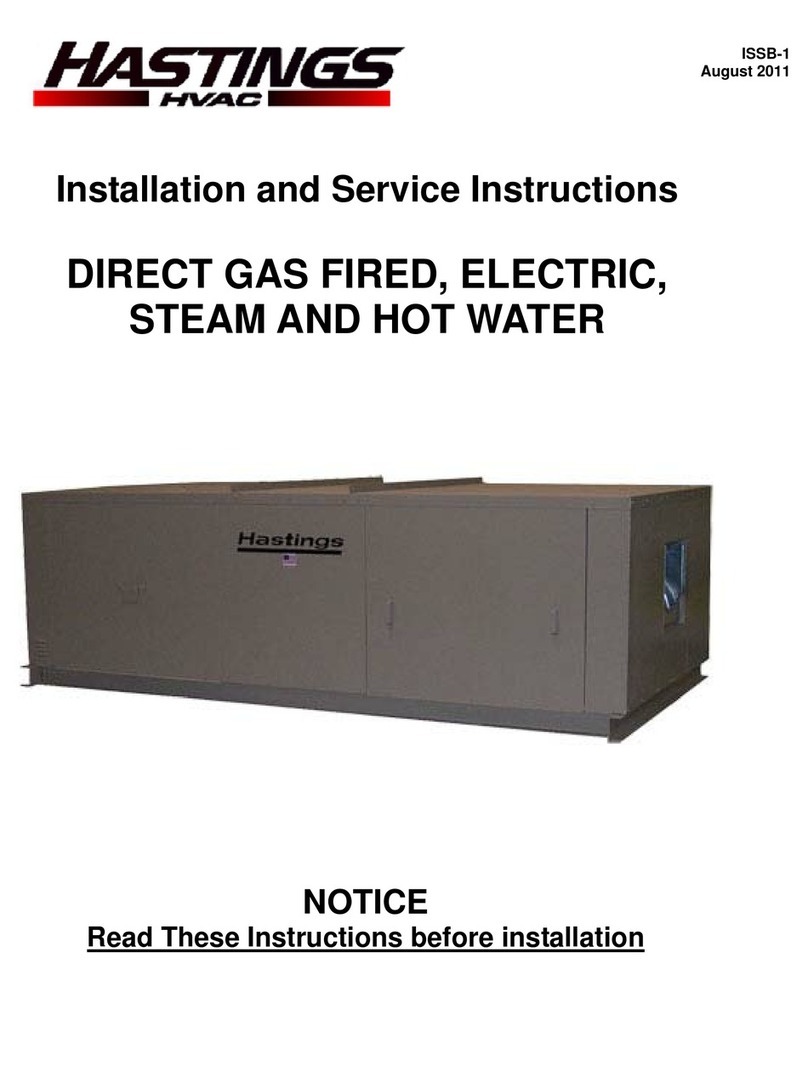
Hastings
Hastings DIRECT GAS FIRED ELECTRIC STEAM Installation and service instructions

Galantine
Galantine SILVER Style SC-5003B instruction manual

Oster
Oster 5711 instruction manual
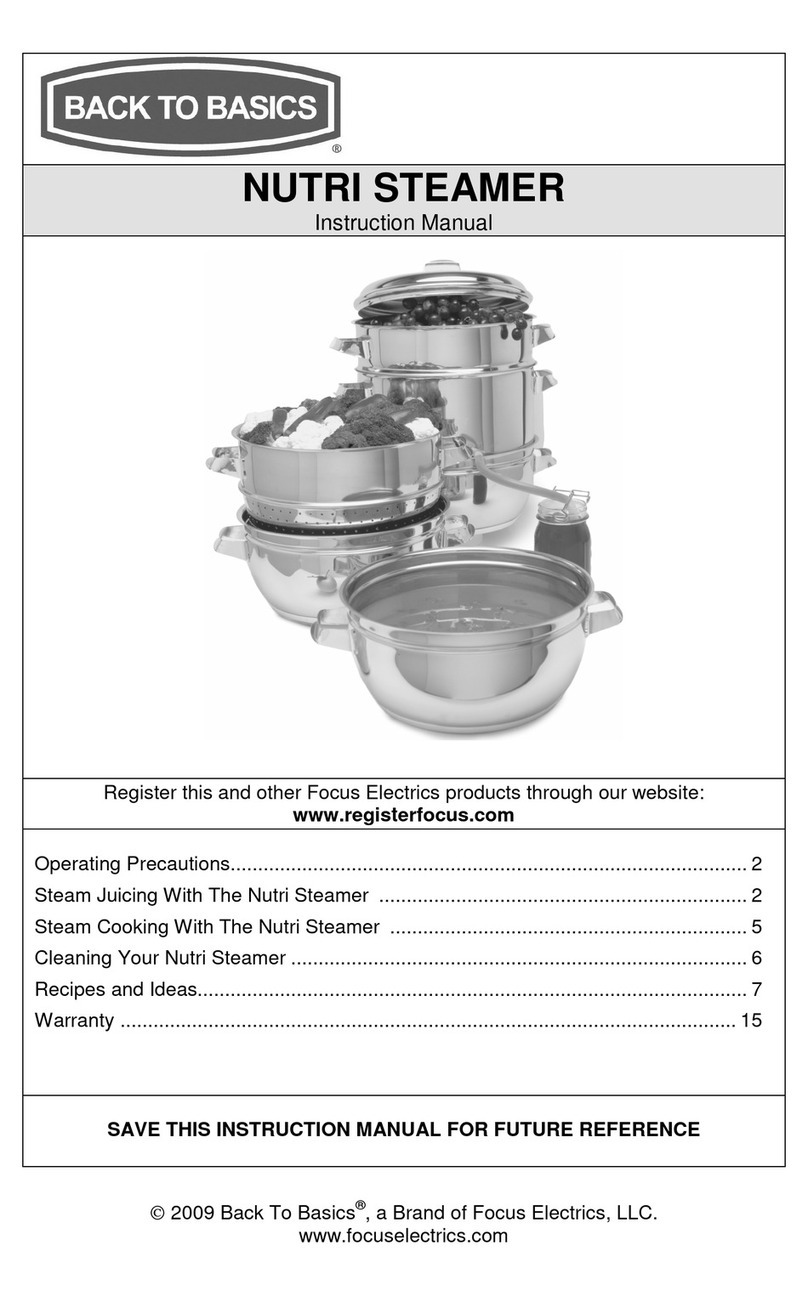
Back to Basics
Back to Basics NUTRI STEAMER L5725A 01/09 instruction manual


